How do you ID plants not in flower?
shelley_r
19 years ago
Related Stories

NATIVE PLANTSPlant These Fall-Flowering Natives in Early Summer for Pollinator Love
These 3 groups of plants will support masses of beneficial insects come autumn
Full Story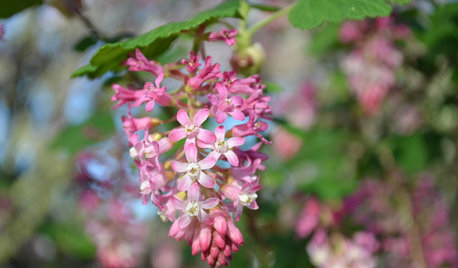
GARDENING GUIDESGreat Design Plant: Feed Wildlife With Flowering Currant
Blossoms and berries make this plant irresistible to birds, bees and other critters — and a treat for the eyes too
Full Story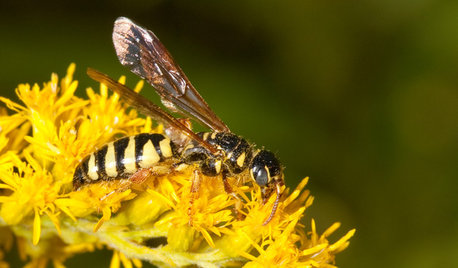
GARDENING GUIDESAttract Thynnid Wasps With Summer-Flowering Native Plants
These beneficial insects will hunt damaging beetle grubs in your lawn
Full Story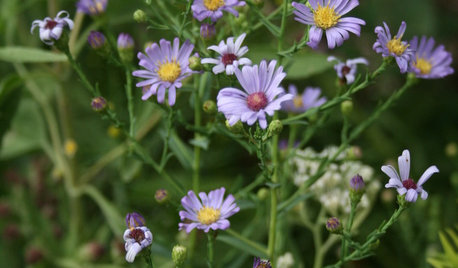
NATIVE PLANTSAutumn Joy: How to Get 3 Months of Fall Flowers
Enjoy blooms from September to November by mixing 6 asters native to different areas of the U.S.
Full Story
GARDENING GUIDESGreat Design Plant: Cephalanthus Occidentalis
Buttonbush is an adaptable woody shrub with delightful pincushion flowers
Full Story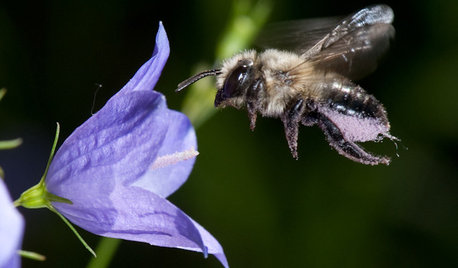
NATIVE PLANTSGreat Design Plant: Color Outside the Lines With Bluebell Bellflower
Plant this Campanula on pathway and patio edges for shots of bright blue from May through September
Full Story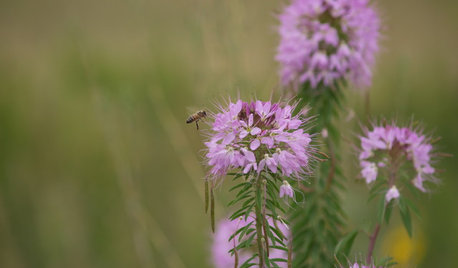
GARDENING GUIDESGreat Design Plant: Cleome Serrulata
Beckon bees and other pollinators in for a drink of nectar from this western U.S. native’s late-summer flowers
Full Story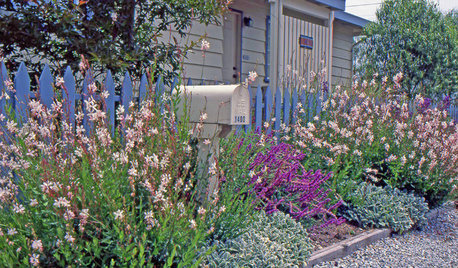
GARDENING GUIDESGreat Design Plant: Gaura Lindheimeri
Delicate, butterfly-shaped flowers ‘float’ above the foliage of this lovely, drought-tolerant perennial
Full Story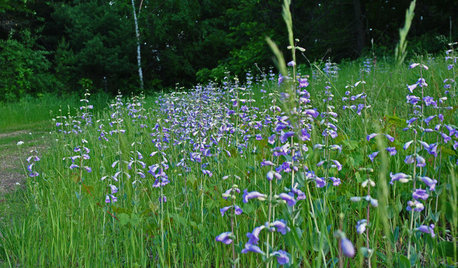
GARDENING GUIDESGreat Design Plant: Penstemon Grandiflorus
Bring this drought-loving perennial with massive flowers home to your prairie garden
Full Story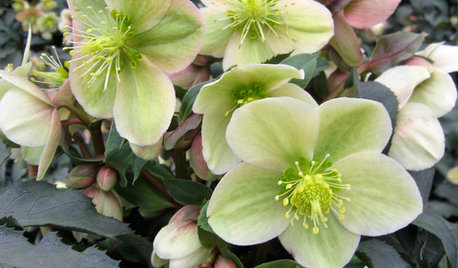
WINTER GARDENINGGreat Design Plant: Gold Collection Hellebores Perform Like Stars
Exciting colors, longer bloom times, forward-facing flowers ... These hybrids leave old hellebores in the dust
Full Story






Rosa
AlcesB
Related Professionals
Fillmore Landscape Architects & Landscape Designers · Saint Louis Park Landscape Architects & Landscape Designers · Hartford Landscape Contractors · Hurricane Landscape Contractors · Pacifica Landscape Contractors · Paramus Landscape Contractors · Sammamish Landscape Contractors · Sun City Center Landscape Contractors · Wilsonville Landscape Contractors · Golden Valley Landscape Contractors · Nashville Fence Contractors · Compton Fence Contractors · Crowley Fence Contractors · Staten Island Fence Contractors · East Palo Alto Fence Contractorsfroggy
The_Mohave__Kid
shelley_rOriginal Author
The_Mohave__Kid
Rosa
The_Mohave__Kid
maddy_RSA
Rosa
shelley_rOriginal Author
Rosa
The_Mohave__Kid